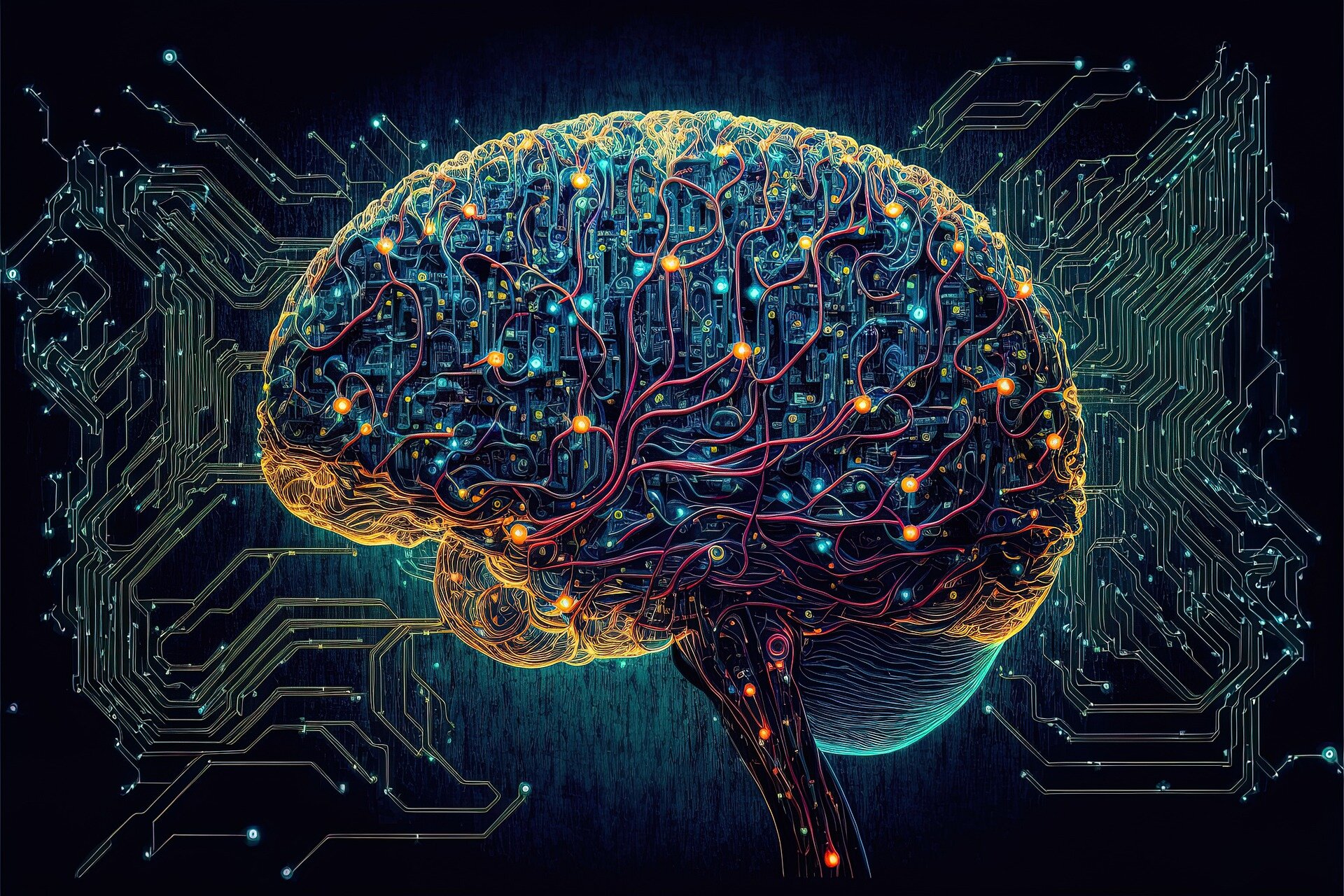While dreams are often seen as enigmatic and surreal narratives, they serve a critical function in how the brain processes and organizes memories. Recent advances in neuroscience have shed light on how dreams during sleep stages like REM (Rapid Eye Movement) play a pivotal role in consolidating what we’ve learned, experienced, and even imagined. But how exactly does dreaming connect to memory, and can we influence this process?
The Role of Dreams in Memory Consolidation
Sorting and Storing Information
During sleep, the brain revisits the events and information from the day. REM sleep, in particular, is believed to strengthen procedural memories (how to perform tasks) and integrate emotional experiences into long-term storage. Studies using functional MRI show heightened activity in the hippocampus and neocortex during REM sleep, areas responsible for memory organization.
Selective Forgetting
Dreams may also help us forget irrelevant details. A process known as synaptic pruning occurs during sleep, allowing the brain to refine its neural connections and prioritize useful memories. Dreams could serve as a “cleaning mechanism,” letting go of redundant data while focusing on what truly matters.
Emotion and Memory
Emotional memories tend to dominate dreams, likely because of the increased activity in the amygdala during REM sleep. This connection explains why dreams are often emotionally intense and may help us process and cope with emotionally charged experiences.
The Mystery of Replaying Memories in Dreams
Sometimes, dreams replay fragments of real-life experiences. This phenomenon, often called memory reactivation, occurs when neural patterns from waking experiences are “replayed” during sleep. Researchers have observed that this reactivation is not random but deliberate, aiding in memory strengthening. For example:
- Learning a Skill: Musicians and athletes often report dreaming about practicing their craft. Studies suggest that these dreams correlate with improved performance the next day.
Language Learning: Dreams involving new vocabulary or language usage can enhance retention, making the subconscious a potential ally in education.
Can We Guide Memory-Driven Dreams?
Emerging studies on Targeted Memory Reactivation (TMR) are exploring whether external cues can influence how the brain consolidates memories during sleep. For instance:
- Sound Cues: Playing subtle, related sounds during sleep can strengthen specific memories. In one experiment, students learning a musical piece retained it better when hearing the same melody softly during sleep.
- Scent Cues: Exposure to familiar smells during sleep has been shown to trigger memories tied to those scents, enhancing recall upon waking.
While promising, these techniques remain in the experimental phase and may not work universally.
The Downside of Memory Dreams
While dreams enhance memory consolidation, they can also intensify negative memories, particularly for individuals with conditions like PTSD. Traumatic experiences replayed during REM sleep can perpetuate distress. Therapies like lucid dreaming and imagery rehearsal therapy are being developed to help reframe these dreams into less distressing narratives.
Why Do We Forget Our Dreams?
Ironically, while dreams are critical for memory processes, we often forget them upon waking. This phenomenon arises from reduced activity in the prefrontal cortex during sleep, the brain area responsible for forming detailed, long-term memories. Dream journaling and mindful awakening practices can help improve dream recall for those interested in exploring their dream content.
Conclusion
Dreams are not just bizarre nighttime stories—they play an essential role in shaping our memories, emotions, and learning. From replaying key life events to enhancing skills and emotional processing, the brain’s nocturnal activity is an intricate dance of recollection and renewal. As scientists delve deeper into the relationship between dreams and memory, we may one day learn to harness this phenomenon to improve education, mental health, and creativity.
written by MD Afif Mahtab



